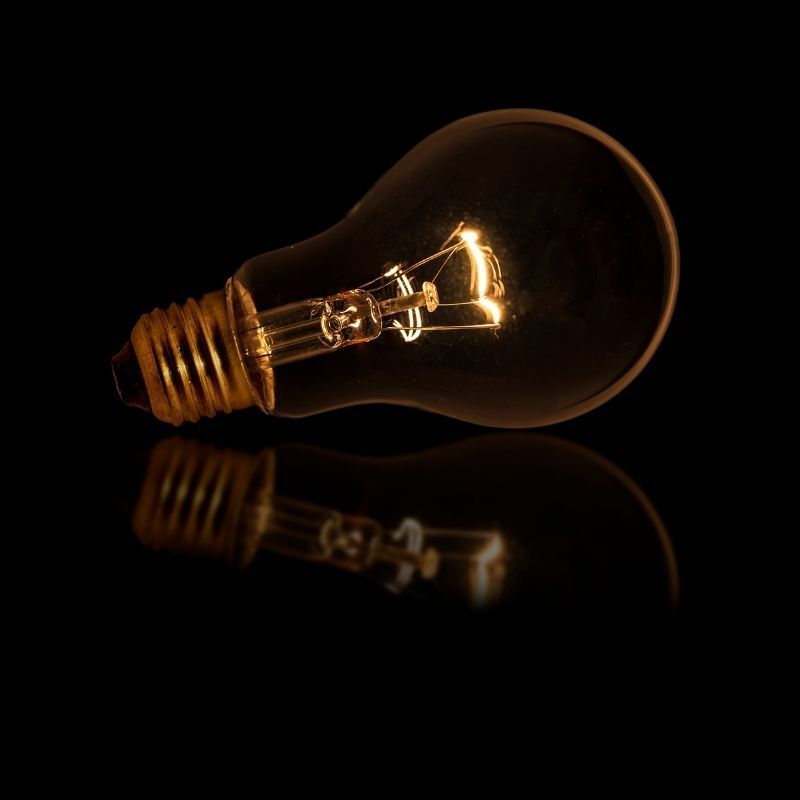Government Finalise Details of the Smart Export Guarantee
The gap in funding caused by the demise of the Feed in Tariff (FiT) is set to close by the end of the year, as the government sets out the details of the Smart Export Guarantee (SEG).
Under the scheme, all generators under 5MW will be paid for the energy they export, although there will be no funding for generation itself. BEIS say that solar panels are now over 50% cheaper than they were in 2011, a trend which was driven by the FiT, which is likely why they are no longer seeking to fund generation itself.
Energy and Clean Growth Minister Chris Skidmore, said in a press release ,
“The future of energy is local and the new smart export guarantee will ensure households that choose to become green energy generators will be guaranteed a payment for electricity supplied to the grid.”
He further said that BEIS are seeking to encourage the energy market to innovate, and to offer competitive export tariffs to help customers reduce bills. They say that this will give households the best market price for their energy.
When SEG begins in January, it will be the first replacement export tariff since the demise of the FiT in March 2019.
<h2> How will this impact energy suppliers?</h2>
The SEG will apply to all energy suppliers with at least 150,000 domestic customers. This means it will include all of the big six, as well as the larger small suppliers such as OVO , Octopus and Bulb. All eligible energy supply companies will be required to purchase excess generation from their customers, whether from wind, solar or other sources.
All suppliers who are eligible under the SEG are required to offer at least one export tariff. Suppliers who don’t have the minimum number of customers are allowed to take part on a voluntary basis, but will be subjected to the same operational requirements as their larger counterparts.
BEIS says that all suppliers must implement the SEG by the 1st January 2020. They have left the design of the export tariff up to suppliers themselves, in a bid to allow innovation and the quick implementation of these tariffs.
So far, only E.On and Octopus have launched export tariffs. E.On’s is limited to just the first 500 customers, and is only in place for one year. This is likely designed as a bit of a trial to see how the SEG will impact their business. Octopus offer two export tariffs; a variable rate tariff called ‘Agile Octopus’, and a fixed rate one priced at 5.5p/kWh.
As far as pricing goes, no floor price has been set for suppliers to be compliant, only that tariffs must be above zero. All generators who produce up to 5MW of energy are guaranteed to be paid under SEG.
<h2>How does it compare to the FiT?</h2>
While the SEG is widely acknowledged to be a replacement for the FiT, there are some key differences between the two schemes.
One big difference with the SEG compared to the FiT is that suppliers will be allowed to set their own tariff payment rates for the exported energy. Previously, this rate was set by the government and, at the close of the scheme, it was 5.38p/kWh.
Another major difference is that the FiT payments were assumed, as there was no mechanism in place to measure the amount of energy exported. Customers with PV, for instance, were typically paid 50% of their energy generation in export.
Now, with the smart meter installations ramping up , homeowners will be paid for precisely the amount of energy they export, as measured by their smart meter. There is no replacement generation tariff for their renewable installations, so it will take a lot longer before the technology is paid off.
Under FiT, the export and generation payments were set at the time of commissioning the system, and fixed for the life of the contract. This will not be so with the SEG, as it is likely consumers will secure a short term fixed contract for their exports, or will be paid on a variable basis depending on market conditions.
Similar to the FiT, suppliers need to guarantee safety by ensuring installations have been conducted through the MCS or similar equivalents. However, there are no plans for a central register of installers.




